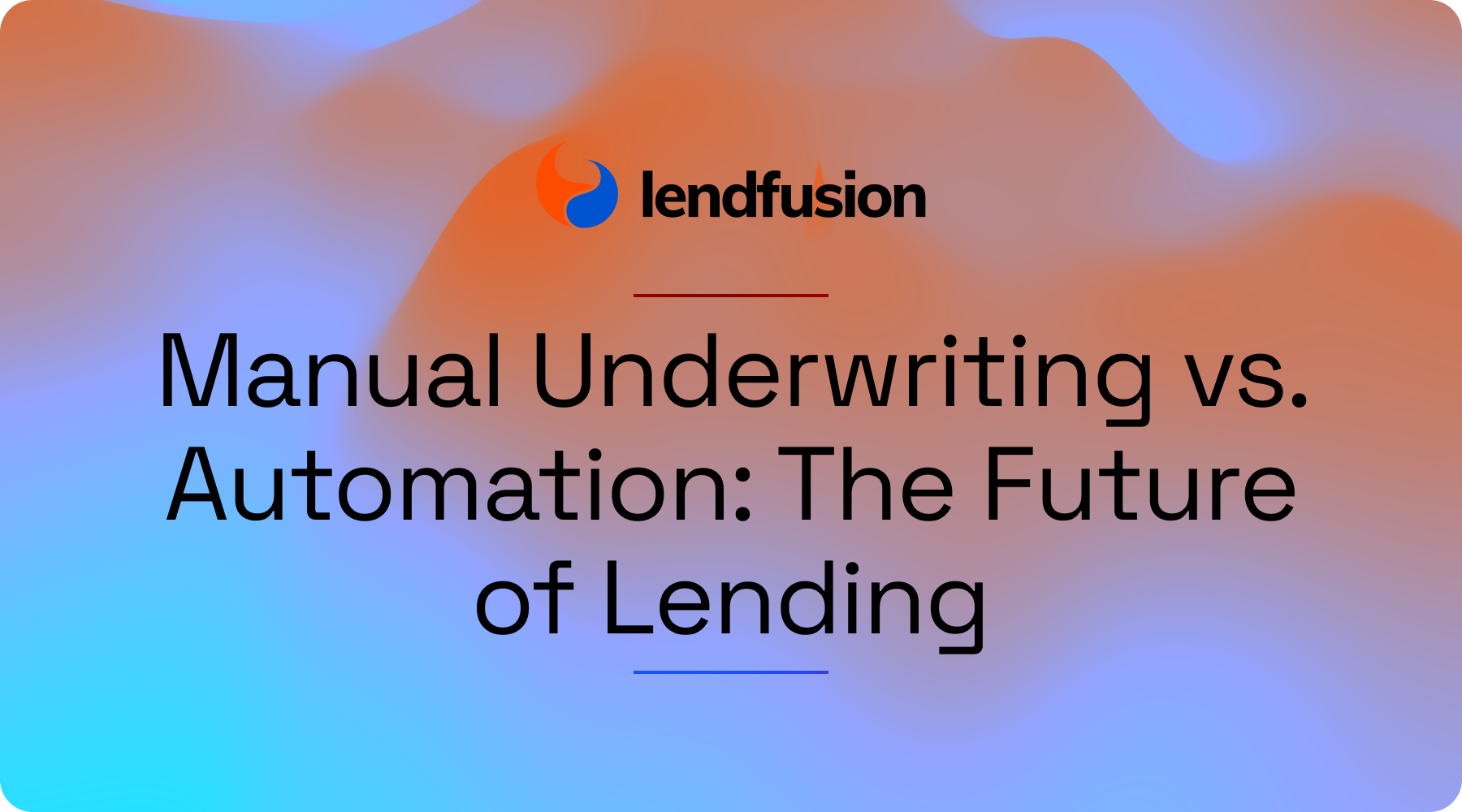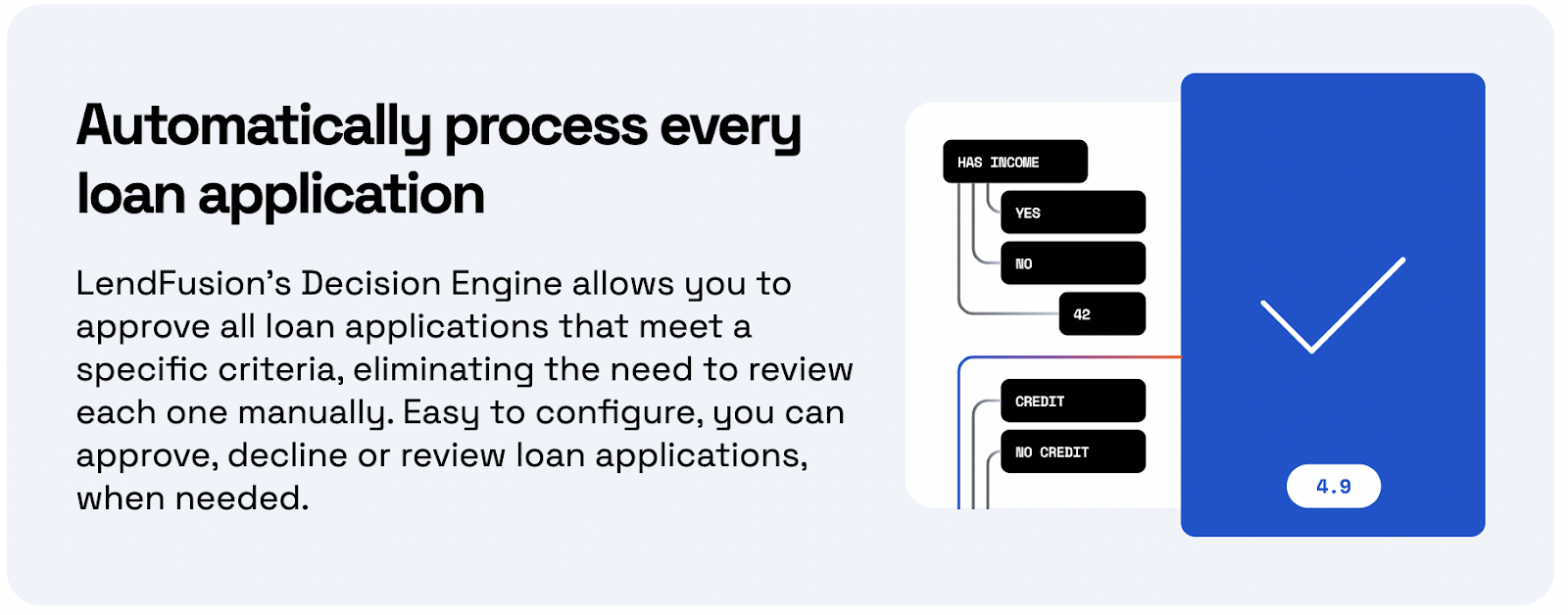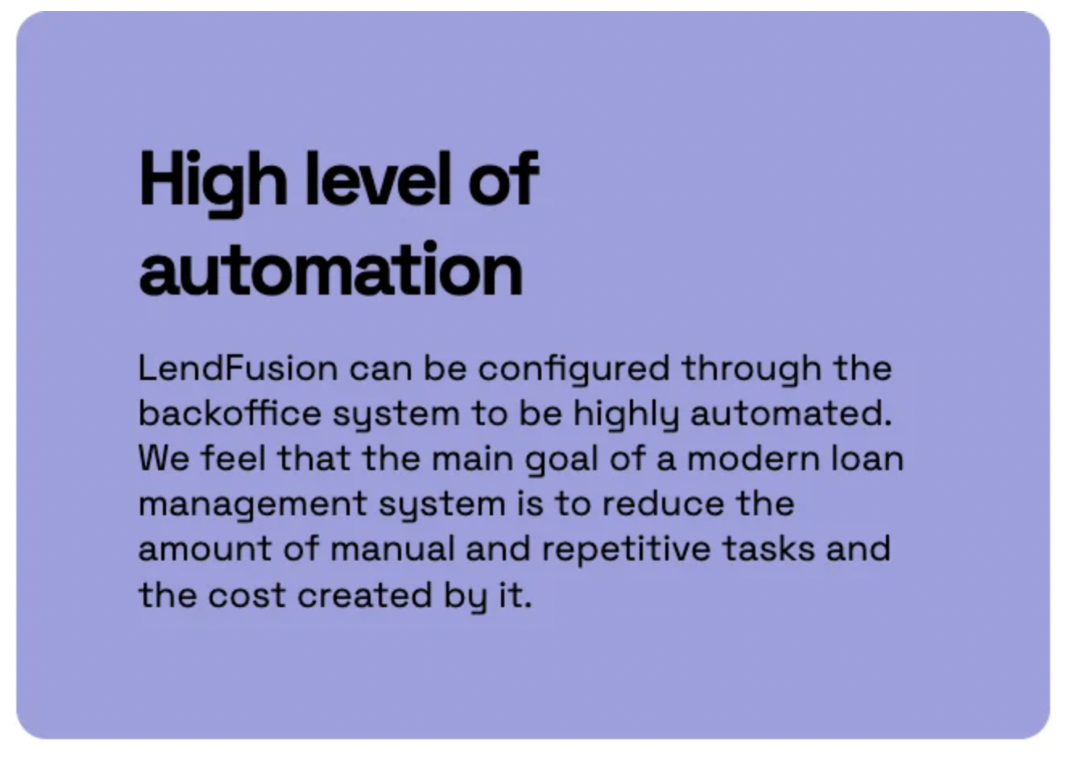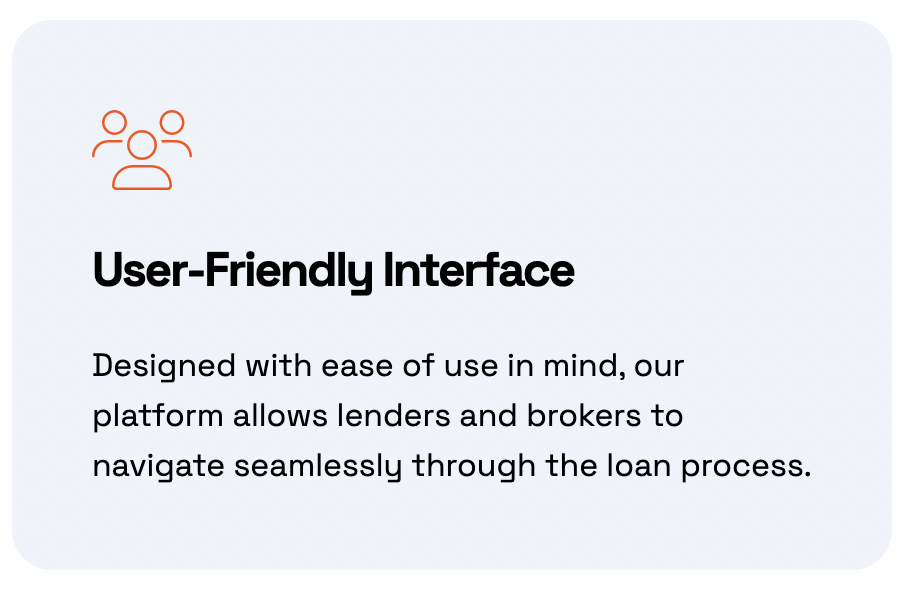The Shift from Manual Underwriting to Automation: What Lenders Need to Know

Borrowers expect decisions in minutes – not days.
Yet, many lenders still rely on manual underwriting processes that slow approvals and frustrate customers.
Underwriting lies at the heart of every lending decision, serving as the critical process that determines a borrower’s eligibility and the associated risk for lenders.
It’s the backbone of loan approval, ensuring that financial institutions make informed, data-driven decisions.
Traditionally, this process has been manual – a labor-intensive, time-consuming method involving Excel spreadsheets, extensive document reviews, and subjective decision-making.
While manual underwriting has been a mainstay for decades, its limitations have become increasingly evident as companies move towards digitalization.
Enter automated underwriting.
By leveraging technology, automation transforms the underwriting process into a streamlined, efficient, and accurate operation.
It minimizes human error, accelerates loan approvals, and provides consistent results at scale.
In this article, we’ll explore the shift from manual to automated underwriting, the challenges posed by traditional methods, and why adopting automation is essential for modern lenders looking to stay competitive.
25-Point Automated Underwriting Readiness Checklist
Automated underwriting succeeds only when the organisation is prepared: the data is standardised, the workflow is defined, compliance rules are explicit, and exception paths are understood.
What is Manual Underwriting?
Manual underwriting involves reviewing borrower data – like income statements, credit reports, and bank records – one file at a time.
This traditional process allows for flexibility and a human touch when assessing unique cases. However, it also comes with significant drawbacks that can slow down lending operations and impact borrower satisfaction.
Why Manual Underwriting Might Be Holding You Back
If you’re still using manual underwriting, you’ve probably encountered some of these challenges:
1. Time-Consuming Processes
Reviewing documents and verifying borrower information manually can take days or even weeks. This slows down approvals, frustrates borrowers, and creates bottlenecks in your workflow.
2.High Risk of Errors
Even the best underwriters can make mistakes. A missed detail or a miscalculation could lead to compliance issues or approval of high-risk loans.
3. Inconsistent Decision-Making
Different underwriters might interpret data differently, leading to inconsistencies that can hurt your reputation and complicate compliance.

4. Rising Operational Costs
Scaling your loan volume often means hiring more underwriters. The added labor costs can quickly eat into your profits.
5. Lack of Scalability
As your business grows, manual underwriting becomes a bottleneck, limiting your ability to handle higher loan volumes efficiently.
So, what’s the solution?
Why Automated Underwriting is the Solution You Need
Automated underwriting improves the way you handle applications by using advanced algorithms and machine learning to evaluate borrower data quickly and accurately.
Here’s how it can benefit you:
1. Speed Up Your Approval Process
With automated underwriting, you can process loan applications in minutes instead of days. This means happier borrowers and a competitive edge for your business.
2. Reduce Errors
Loan management systems analyze data with precision, eliminating human errors. This ensures compliance and reduces the risks associated with manual reviews.
3. Ensure Consistency
Automation applies standardized criteria to every application, ensuring fairness and uniformity across all decisions.
4. Scale Without Adding Overhead
Automated systems can handle increased loan volumes without requiring you to hire more staff. This allows you to grow your business while keeping costs under control.

5. Enhance the Borrower Experience
Faster approvals and fewer errors mean your borrowers enjoy a seamless experience, increasing satisfaction and loyalty.
How Automated Underwriting Transforms Lenders’ Operations
Let’s be clear:
Automated underwriting isn’t just a tech upgrade – it’s a powerful solution for your lending business. Here’s how automation has transformed operations for different types of lenders, showcasing its adaptability and impact.
1. SME lending
A SME lender had ambitions to scale but relied on manual underwriting, creating bottlenecks. Loan officers spent hours verifying financial documents and cross-referencing credit reports. Approval times stretched to weeks, frustrating business borrowers and causing lost opportunities.
By implementing automated underwriting, the lender slashed approval times from weeks to hours. Borrower data was verified instantly using integrated data sources, and risk assessments were automated based on customizable criteria.
As a result, the lender tripled its loan processing capacity without hiring additional staff, allowing them to serve more clients while maintaining accuracy and compliance.

2. Consumer Lending
A consumer lender struggled to stay compliant with ever-evolving regulatory requirements. Manual underwriting led to frequent errors, requiring costly audits and risking penalties. This also hindered transparency and accountability in their processes.
With automation, the lender seamlessly integrated compliance checks into the underwriting process. Real-time updates ensured decisions adhered to regulatory standards, while automated audit trails provided a transparent record of all actions.
The lender not only reduced compliance costs but also enhanced borrower trust through consistent, error-free processing.

3. FinTech Lending
A digital-first FinTech lender experienced rising fraud rates due to gaps in their manual fraud detection process. This not only increased losses but also delayed legitimate applications as underwriters had to manually flag suspicious activity.
Automated underwriting equipped the lender with advanced fraud detection algorithms, identifying potential red flags in real-time.
Legitimate applications were processed faster, while suspicious ones were flagged for review. Fraudulent activity dropped by 40%, and loan approvals for genuine borrowers were expedited, improving customer satisfaction.
4. Bridge Lending
A bridge lender faced challenges with applications requiring multiple parties and intricate financial assessments. Manual workflows caused delays in communication and prolonged underwriting timelines, leading to borrower dissatisfaction.
Automated underwriting streamlined workflows, assigning role-specific tasks and providing real-time visibility into application progress.
Integrated tools managed multi-party documentation efficiently, reducing processing times by 50%. The lender delivered faster approvals, enabling borrowers to secure funding when they needed it most.

Read more → 5 Ways to Streamline Bridge Lending Operations
5. Auto Finance Lending
An auto finance lender relied on manual underwriting to evaluate loan applications for vehicle purchases. This often led to inconsistencies in credit risk evaluations, as underwriters applied varying standards.
The lack of uniformity not only slowed down approvals but also increased risk exposure.
Automation introduced standardized risk models tailored for auto financing, ensuring every application was assessed against the same criteria.
Approvals became quicker, more consistent, and better aligned with the lender’s risk tolerance. Borrowers benefited from faster decisions, while the lender saw improved portfolio performance and enhanced customer loyalty.

Read the Planet42 case study here →
Whether you’re processing high-volume consumer loans or managing complex bridge lending applications, automated underwriting offers the flexibility and precision to meet diverse needs.
These transformative examples highlight the potential for automation to improve your operations, helping you scale efficiently, reduce costs, and exceed borrower expectations.
Is Automation Right for Your Lending Business?
Many lenders worry that automation means losing control over decisions.
In reality, loan management software – like LendFusion – allows you to define criteria and customize workflows, giving you more control over outcomes.
While the benefits are clear – faster processes, reduced costs, and improved accuracy – it’s essential to assess whether your business is ready for the shift.
Here’s a simple checklist to help you evaluate your preparedness and address common concerns about making the switch.
Self-Assessment Checklist: Are You Ready for Automation?
- High Volume of Applications: Do you struggle to keep up with a growing number of loan applications using manual processes?
- Operational Bottlenecks: Are delays in underwriting slowing down your loan approvals, leading to borrower dissatisfaction?
- Error-Prone Processes: Have manual errors caused compliance risks, borrower frustrations, or loan defaults in the past?
- Resource Constraints: Are your staff overburdened, or are you hesitant to scale due to the high cost of additional labor?
- Regulatory Challenges: Are you finding it hard to keep up with ever-changing compliance requirements and audit trails?
- Borrower Expectations: Do your borrowers demand faster, more transparent application processes to match today’s digital-first environment?
- Existing Technology Stack: Do you have a loan management platform in place that could integrate with automated underwriting tools?
If you answered “YES” to several of these questions, your business is ready to transition to automated underwriting.
How LendFusion Revolutionizes Underwriting for Lenders Like You
LendFusion’s automated underwriting tools are designed specifically to help you overcome the challenges of manual underwriting. With LendFusion, you can automate every step of the process, from document verification to risk assessment, allowing you to focus on growing your business.
Key Features You’ll Love:
- Integrated Data Sources: Automatically pull information from credit bureaus, open banking, bank verification services, and compliance databases to evaluate applications in real time.
- Customizable Risk Models: Tailor underwriting criteria to match your business needs, ensuring every decision aligns with your goals.
- Fraud Detection: Advanced algorithms identify potential red flags, reducing your exposure to risky loans.
- Workflow Automation: Define roles and permissions for your team, streamlining collaboration while maintaining security and accuracy.
- Real-Time Insights: Instantly access actionable analytics to refine risk assessments and improve lending decisions.
Conclusion
Manual underwriting might feel familiar, but its inefficiencies can hold your business back.
Slow approvals, error-prone processes, and escalating costs aren’t just operational hurdles – they’re preventing growth. Borrowers expect speed, accuracy, and transparency, and manual workflows simply can’t deliver.
Automated underwriting transforms these challenges into opportunities. By transitioning to automation, you empower your team to focus on high-value tasks while maintaining control and precision.
The future of underwriting is about building a more agile, efficient, and borrower-focused business. Don’t get left behind!
The 25-Point Automated Underwriting Readiness Checklist
This checklist is designed to uncover hidden gaps — the ones that derail automation projects — before you begin. Use it as an internal maturity assessment or a pre-project planning tool.
No sign-up required. Just download and start improving your lending business today.
LendFusion: The easier way to grow your business
LendFusion offers advanced automated underwriting tools tailored to your needs.
Streamline your operations, improve borrower satisfaction, and scale with confidence.
Book a demo today to see how our all-in-one platform can support your growth, improve efficiency, and provide the competitive edge you need.


Vahuri Voolaid, COO
Vahuri is the Chief Operations Officer at LendFusion. Vahuri has 8 years of experience in fintech with loan management software as a product owner and an MBA with a specialisation in IT management.
Connect with Vahuri on LinkedIn.



